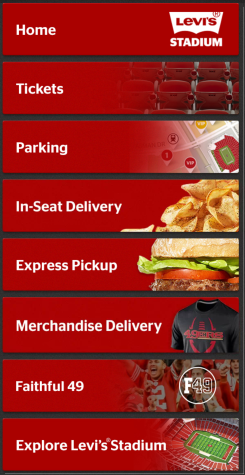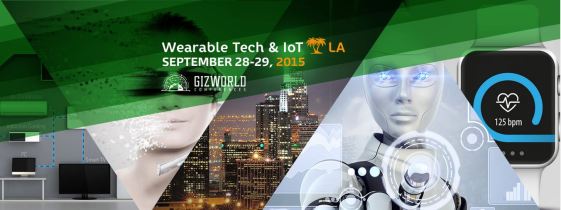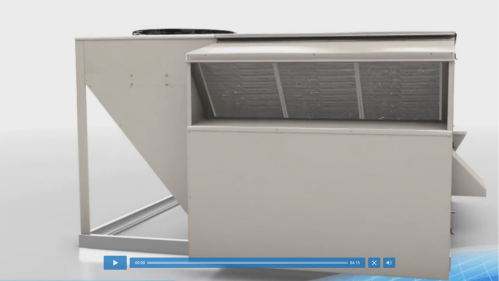Lets talk about why this is really interesting: Money. The new home of the San Francisco 49ers in Santa Clara, CA is not a smart stadium because it has 2,000 beacons, over 1,200 Wi-Fi hot spots providing wicked fast internet, 90 Kezar digital ticket scanners and a great app with amazing features; Levi’s Stadium is a smart stadium because it leverages data from and solutions possible through these technologies to create real, monetizable value that enables higher profits on games and other events.
When the greatest Internet of Things (IoT) technologies available today are appropriately deployed to make a smart building, they completely disappear. They become part of an enriched experience, not a technology experience. This weekend, Levi’s Stadium will become the largest smart building the world has experienced, either live at the stadium or live on television screens world wide. Let me share my first Levi’s Stadium experience with you.
2014 was a tough year. I returned to Silicon Valley from Australia and gave myself 6 months to figure out what I wanted to do. I began blogging here on WorkTechWork and dug in to the Silicon Valley technology scene. During the year I completed a few good projects and built out a great network that includes many new friends. Later in the year I spent 3 months working at a hardware startup in the connected home space that ran into major problems in November. All opportunity with the startup was dead and gone by mid-December. Jobless, without a project and with the holidays to celebrate as if nothing was wrong so as to not dampen the mood of my young kids, I was having a hard time keeping it together.
When the phone rang Saturday morning December 20th, I had no idea I was about to experience the smartest stadium in the world. Jeff Stevens, who I had worked with volunteering with VLAB and on a couple side projects during the year, was on the line and asked if I wanted to go to a 49ers game that afternoon. Since the days of Joe Montana and Steve Young I had followed the 49ers but had never been to a game. That answer was YES!
Do you know the first thing I did with Jeff still on the phone? Download the app. I didn’t know where the seats were, what the game time was, who they were playing and at that moment I didn’t care. I had only heard great things about the technology in the stadium and I knew I wanted that app.

So why is this app wonderful for fans?
- Instant game replays
- In-Seat Delivery
- Order that hot dog and beer and have it delivered to your seat
- Order and have concessions delivered to a friend’s seat
- Express Pickup
- Order and beat the concession lines by picking up in the express line
- Lines
- Find the shortest restroom & concession lines
- Tickets
- Check your tickets
- Email & transfer tickets
- Check in at the stadium
- View upcoming events
- Directions in the stadium
- Parking
- Buy parking
- Check parking
- Map & directions to parking location
But it gets better because this app, which is the creation of Venue Next, enables Levi’s Stadium to gather data, fuse it with data from other sources (like those 2,000 Bluetooth beacons) and make data driven decisions that improve the profitability of an event and provide a better experience attendees. It is an experience they’re willing to pay more for. Just how much more? In-seat delivery is available to every seat in the stadium and costs $5.
Is it worth it? What if you miss the most amazing play of the game? There is nothing that beats the thrill of a long run and touchdown. During the game, 49ers Quarterback Colin Kaepernick did just that with this 90-yard run.
Some moments are best enjoyed not in line, but from the 3rd row at the 20 yard line, or wherever your seat might be.

Miss this to save $5 and you’ll regret it. I didn’t miss it and I won’t forget it. If you’re reading this before heading to Super Bowl 50, download the app now!
The Levi’s Stadium experience isn’t just about the app. The entire stadium is carefully laid out and you can tell every effort has been made to make it visually appealing. You don’t see any of the technology because the thousands of antennas for all of that Wi-Fi, the additional cell phone carrier distributed antenna systems to provide cell coverage and all of those beacons are neatly tucked away. You’re not distracted by cables and wires for speakers, you hear the game and feel how the sound system both amplifies the experience and at the same time balances the crowds energy.

Some technologies, such as the gigantic displays at both ends of the field, are meant to be seen and enjoyed. You can see both displays in this panoramic. Notice how nicely the digital signage on the balcony fits into the scene. The gigantic displays provide instant replays to the fans. Advertising opportunities abound for brands who want to reach fans via the gigantic displays and smaller balcony screens. They are part of the technology enriching the experience and creating monetizable value.
Towards the end of the game, Jeff and I met up with Robert Scoble and Rocky Barbanica to explore the stadium. We checked out the different concession areas and watched the kicker kick a field goal right at us. It was cool. Everything about the stadium is cool. This includes the cool blue lights on the escalators.

I get excited about technology working for you, especially when it is creating enriched experiences and real, monetizable value. Smart Building technology in Levi’s Stadium is no exception.
Whether or not you’re in the stands this Sunday, take the opportunity to learn more about smart building technology on Feb 16th at the San Francisco Bay Area’s chapter of the MIT Enterprise Forum. Tickets and info here.










